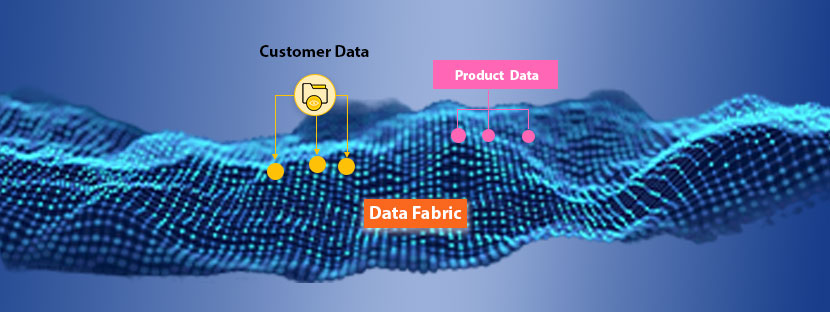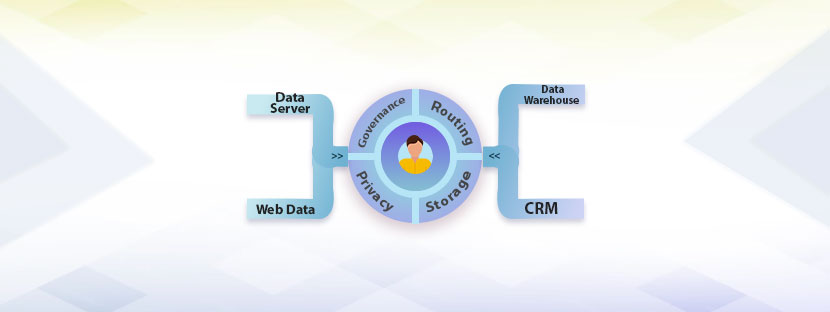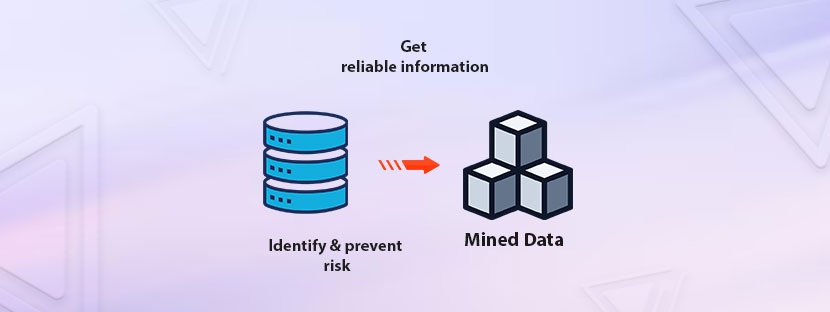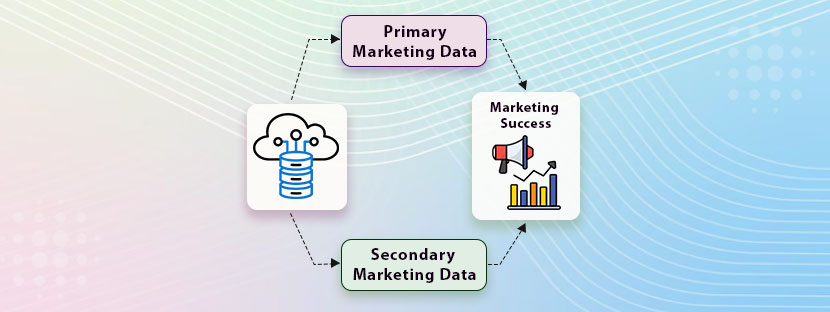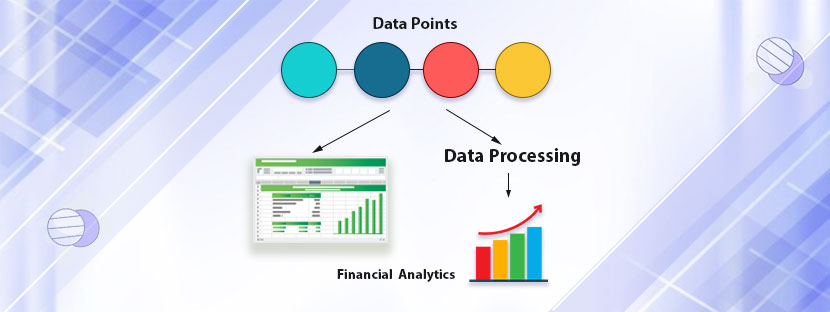In This Article
Let’s talk about data fabric in detail and understand where this framework stands in the domain of modern data management.
What is data fabric?
It’s a single framework for managing data, merging diverse sources and databases. Data stored in different locations gets represented through the data fabric. Companies that are into the development of advanced technologies like Machine Learning (ML) and Artificial Intelligence (AI) use data fabric frameworks to keep their data flow smooth. It helps them automate their data systems and make their data ready to process without any hassle.
With time, technology has emerged, and it is increasing the capacity for data generation. Companies across the world are now dealing with gigantic volumes of data generated from various sources. Plus, the capacity has also increased because of the presence of social media channels and other processes. A robust mechanism to manage these huge volumes of data becomes absolutely necessary.
Quality of the data should remain intact to get it pushed into your operations. Therefore, a strong data fabric helps accommodate quality data inside your database. It also breaks the silos and minimizes complexities in data operations.
Overall, data fabric is a framework that connects data across platforms and integrates all data environments in order to provide a consistent and unified view of the organizational data. That’s the definition of data fabric.
Data fabric vs traditional data management
When you go by the concepts of data fabric, you can find many similarities with traditional data management practices. That’s quite natural because data fabric covers many areas of data management procedures. But there are many areas where it stands uniquely different than traditional data management procedures. Let’s discuss them here.
| Key Aspects | Data Fabric | Traditional Data Management |
|---|---|---|
| Integrate data | Unify data from various sources | Unifies data, but it requires support from various technologies, such as tools |
| Accessibility | Real-time access is possible across the data environment | Limited accessibility. Data needs time to process (often in batches). Thus, real-time accessibility is really available. |
| Scalability | Flexible and highly scalable | Restricted scalability. Not flexible. |
| Governance procedure | Automated governance with the help of policies. | Manually governed with fragmentized policies and frameworks |
| Processing mechanism | Processes data in real-time | Processes data in batches |
| Required technology | Highly dependent on AI/ML technology | ETL (Extract, Transform, Load) tools and warehouse tools are the base of this system. |
| User experience | Simple and intuitive interface that supports user friendliness | Specialized knowledge is necessary to understand and work in this complex system. |
| Security of data | Deployment of automated security and compliance measures is the basis of this system | It is overly dependent on manual processes for security and compliance metrics, which are prone to human errors |
Interestingly, “data mesh” as a term often comes up whenever modern data management measures have been taken up. It’s a close concept of data fabric that decentralizes your data. It promotes better, transparent accountability and a domain-driven data strategy. However, data fabric focuses more on centralizing the databases and making all data unified.
Hence, the data fabric is a distinct process in the modern data management procedure that needs further elaboration.
Core areas of data fabric
Data fabric shares similar values to data management, but is much more updated than traditional data management procedures. Let’s examine the core areas of data fabric in this section. Here are the important things about data fabric that you need to understand.
Unified data management
Data fabric combines data from multiple sources, including the local, cloud, and hybrid environments. Integrating data allows seamless flow and control over data while eliminating silos and strengthening data uniformity. It makes it easy to access data from multiple points without any hassle.
Data integration
Using a data fabric automates the data processing system. It helps move data from various sources and then modifies it to make it a valuable form. The process feeds the system with quality data using ETL measures, which is also a part of the data fabric framework. This framework injects data into the system through various techniques such as batch processing, API integration, real-time streaming, and more.
It also offers data synchronization that ensures all your systems receive updates simultaneously. Plus, it also avoids inconsistency of information due to the uniformity of data.
Data security and governance
Data fabric allows the enforcement of data governance policies and standards to maintain data quality intact. You can maintain the flow of your data within the system throughout the network without compromising the quality. Establishing data lineage within the organization is quietly possible. Using the advanced security protocols, it controls audit and prevents unauthorized persons from accessing your data.
Used cases of data fabric
The most versatile measure of modern data management is the data fabric framework. Because of its versatility, it is suitable across a wide range of applications. Here’s a glimpse of data fabric applicability use cases along with real-time demonstrations.
Detect and prevent fraud
Financial organizations get the most benefits from data fabric as it recognizes and stops fraudulent activities instantly. Data fabric holds information from various sources within the financial organizations. It mostly includes transaction records, customer profiles, etc. You can deploy ML algorithms with real-time analytics that detect abnormal behavior and patterns that can respond to fraud within the data ecosystem.
360-degree customer view
Organizations demand to understand their customers from the core, especially banking institutions. Data fabric helps them understand their clients so that they can generate personalized offers for them. It aggregates data from various sources to prepare a single repository. Delivering personalized offers makes customers happy and satisfied. Plus, it helps organizations to monitor customer activities across their channels.
Wholesome patient treatment
Data fabric integrates electronic health records (EHR), imaging data, processes lab reports, manages wearable device data, and more. It enables real-time access to patient records that support advanced analytics for developing personalized treatment plans. It improves overall patient outcomes in factual measures. Note that the data fabric framework provides a unified platform to aggregate data from various trials, research, and record databases.

